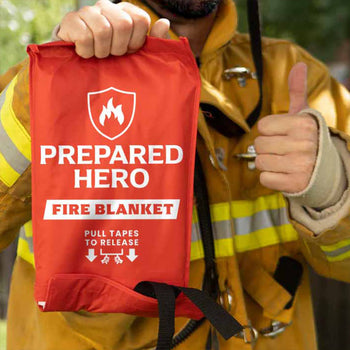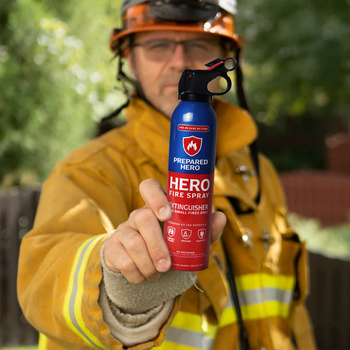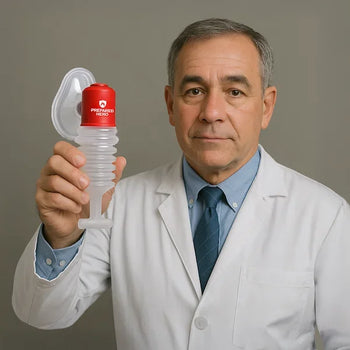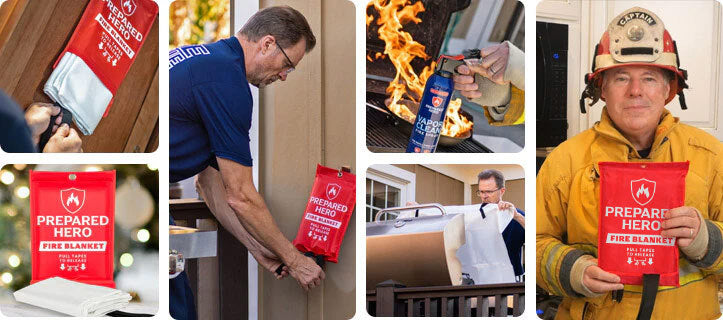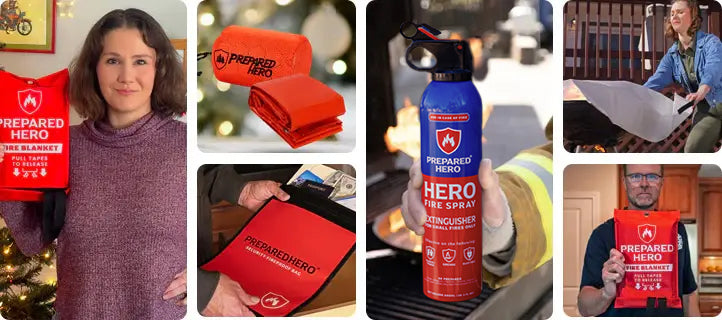Where you put your smoke detectors matters just as much as installing them. Proper placement makes sure they can detect...
A second-degree burn can be painful and stressful. While it's always best to consult a doctor for severe burns, you can treat a second-degree burn at home. In this post, we'll give you step-by-step instructions on how to treat a second-degree burn.
What Is a Second-Degree Burn?

A second-degree burn refers to a mild or moderate burn. It's the most common kind of burn that can be treated at home.
In particular, a second-degree burn damages the epidermis (outer layer of the skin) and dermis (second layer). As the name implies, it is less severe than a third-degree burn.
Here's how to determine if you have a second-degree burn:
- The affected area has a deep red to dark brown color.
- You see blisters.
- The skin is shiny and moist.
- You feel discomfort or pain.
- The burned area swells.
- Layers of skin are peeling.
You can get a second-degree burn in many ways. Here are the most common causes of second-degree burns:
- Kitchen or grease fires
- Hot objects
- Ultraviolet rays (sunburn)
- Scalding or boiling water
- Burning chemicals
- Electric shock
How to Treat a Second-Degree Burn at Home
Follow the instructions below to treat a second-degree burn at home.
1. Rinse the burn.

Rinse the affected area with cool water for at least five minutes or until the pain subsides. Doing this usually decreases the pain in 15 to 30 minutes. The cool water lowers your skin temperature and prevents the burn from worsening.
Alternatively, you can put the affected area in a basin of cool water or place cool compresses in the affected area.
Remember not to use cold or iced water since it can cause tissue damage. You should also remove any rings, earrings, or clothing that are in the way or could become too tight if the skin swells.
2. Clean the burn.

Wash your hands before cleaning the burn. Don't touch the affected area with your hands or anything dirty since open blisters are easily infected. Avoid breaking the blisters as well.
Next, wash the burn area with clean water and mild soap. Some burned skin might come off as you wash the affected area. Then, pat the skin dry using a sterile gauze or cloth. Don't spray or put cream on the burn at this point because it traps the heat inside the affected area.
3. Bandage the burn.

If the affected area doesn't have broken, open blisters, you usually don't need a bandage. But if the affected area is likely to get dirty or irritated, put a bandage.
On the other hand, if the affected area has broken, open blisters, you need a bandage. Doing this prevents infection. Loosely wrap the burn to avoid putting pressure on the affected area.
Change the bandage at least once a day and when it gets dirty. If the bandage gets stuck to the burn, soak it in warm water before removing it. If possible, use a non-stick dressing.
Lastly, don't tape a bandage to circle a hand, leg, or arm because it can cause swelling. If you experience pain, take over-the-counter pain relievers (acetaminophen or ibuprofen) as your doctor recommends.
Conclusion
Knowing how to treat a second-degree burn at home is crucial for healing and infection prevention. However, you must also take proactive measures to reduce the risk of burns in the first place.
Invest in high-quality fire safety items like fire extinguishers, fire sprinklers, and fire blankets for your home. Additionally, use protective gear like fire protection gloves and smoke masks when interacting with fire hazards. Shop for fire prevention tools from Prepared Hero now!


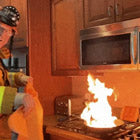 Fire
Fire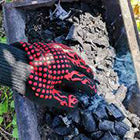 Safety
Safety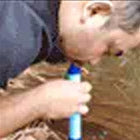 Survival
Survival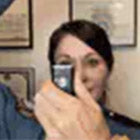 Protection
Protection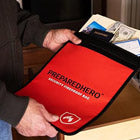 New
New
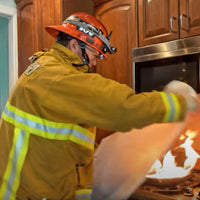 Fire
Fire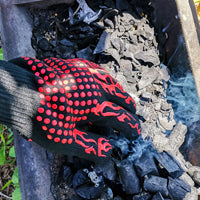 Safety
Safety Survival
Survival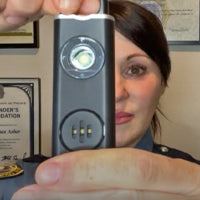 Protection
Protection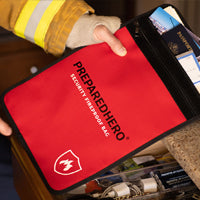 New
New
